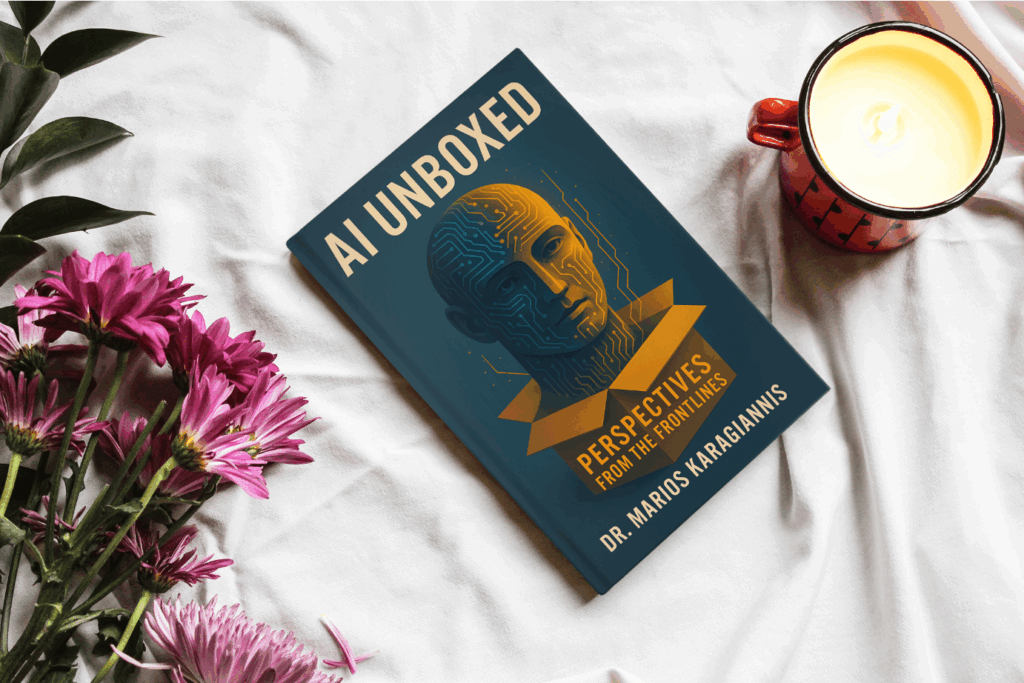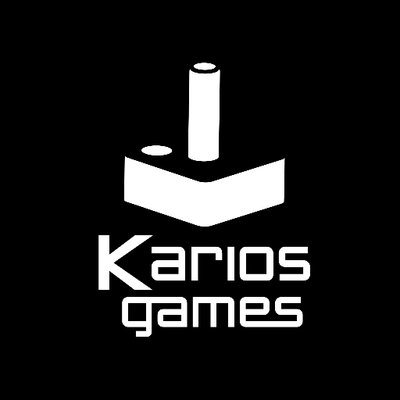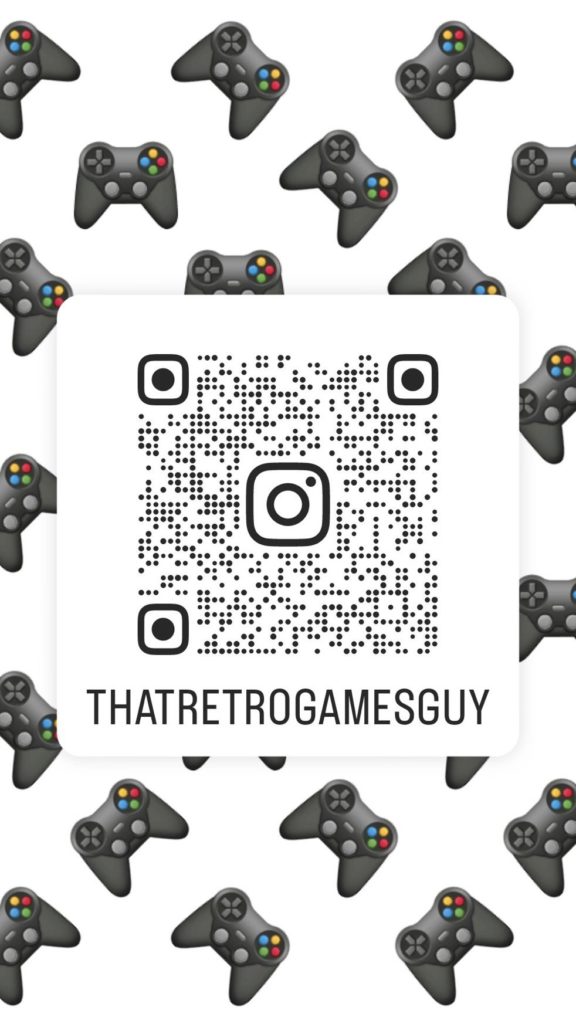The mobile gaming industry is a multi-billion-dollar market driven by user engagement and strategic monetization. With millions of games competing for attention, developers must find the right balance between keeping players engaged and generating revenue. Below, we explore the best monetization and engagement techniques to maximize success in mobile gaming.
Mobile Game Monetization Techniques
1. In-App Purchases (IAPs)
One of the most lucrative monetization methods, in-app purchases allow players to buy virtual goods, characters, skins, power-ups, or in-game currency. To optimize IAPs:
- Offer consumable items (e.g., extra lives, boosts, energy refills)
- Sell non-consumable items (e.g., skins, characters, or premium content)
- Use time-limited offers and discounts to encourage spending
2. Advertisements
Mobile game ads can generate significant revenue if implemented correctly. The most common ad formats include:
- Rewarded Ads: Players voluntarily watch an ad to receive in-game rewards, such as extra lives or currency.
- Interstitial Ads: Full-screen ads shown at natural game pauses, such as between levels.
- Banner Ads: Small ads displayed at the top or bottom of the screen.
- Native Ads: Ads that blend seamlessly into the game’s UI.
3. Subscription Models
Offering subscription plans can provide a steady revenue stream. These can be:
- Tiered subscriptions with different levels of benefits.
- VIP membership that grants exclusive access to premium content, faster progression, or ad-free experiences.
4. Paid Downloads (Premium Games)
While free-to-play dominates the market, some mobile games still thrive with a one-time purchase model. This works best for niche games, high-quality indie titles, or brands with an established fanbase.
5. Battle Passes & Seasonal Events
A battle pass system encourages players to engage continuously by offering rewards in tiers. Players can unlock free and premium rewards through gameplay, incentivizing them to purchase the premium pass.
6. Sponsorships & Partnerships
Partnering with brands can be a lucrative way to monetize games. Developers can integrate brand-related content, special in-game events, or themed skins.
7. Blockchain & NFT Integration
Some modern games are leveraging blockchain technology to offer NFT-based items, allowing players to trade, sell, or collect digital assets with real-world value.
Mobile Game Engagement Techniques
Keeping players engaged is just as critical as monetization. The longer a player stays in a game, the higher the likelihood they will spend money.
1. Strong Onboarding & First-Time User Experience (FTUE)
- Offer a tutorial that is interactive and not overwhelming.
- Provide instant gratification through quick rewards and achievements.
- Ensure a smooth and intuitive UI to reduce friction.
2. Daily Rewards & Streaks
Encouraging players to log in daily with increasing rewards boosts retention rates. Time-sensitive incentives also create a sense of urgency.
3. Engaging Progression Systems
- Use leveling systems, skill trees, and achievement tracking.
- Implement leaderboards and ranking systems to foster competition.
- Allow players to upgrade and customize characters, buildings, or items.
4. Social & Multiplayer Features
- Enable multiplayer modes (co-op, PvP, or team battles).
- Integrate chat, guilds, and social sharing to encourage community engagement.
- Leverage referral bonuses to attract new players through word-of-mouth marketing.
5. Live Events & Time-Limited Challenges
Hosting special events with unique rewards keeps the game fresh and engaging. Limited-time content, seasonal events, and leaderboard competitions can drive higher engagement.
6. Personalization & AI-Driven Content
Using AI to tailor in-game recommendations, dynamic difficulty adjustments, and personalized content can significantly enhance player experience and retention.
7. Push Notifications & Re-Engagement Strategies
Well-timed push notifications reminding players about unfinished tasks, upcoming events, or new content updates can bring inactive players back.
8. Storytelling & Immersive Game Design
A compelling narrative can create emotional connections with players, keeping them invested in the game world. Episodic content and lore-driven gameplay add depth to player experience.
A successful mobile game combines both strong monetization strategies and player engagement techniques. Developers must strike a balance between revenue generation and user satisfaction, ensuring monetization efforts do not compromise the player experience. By leveraging the right mix of in-app purchases, ads, subscriptions, and engagement tactics, mobile games can thrive in today’s competitive landscape.











